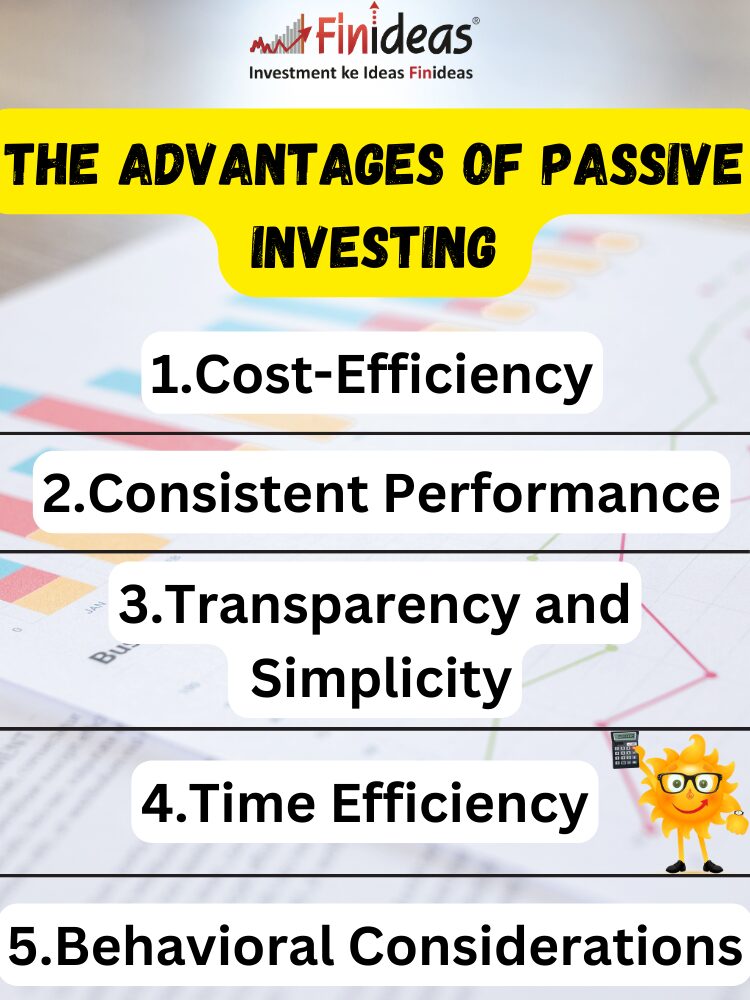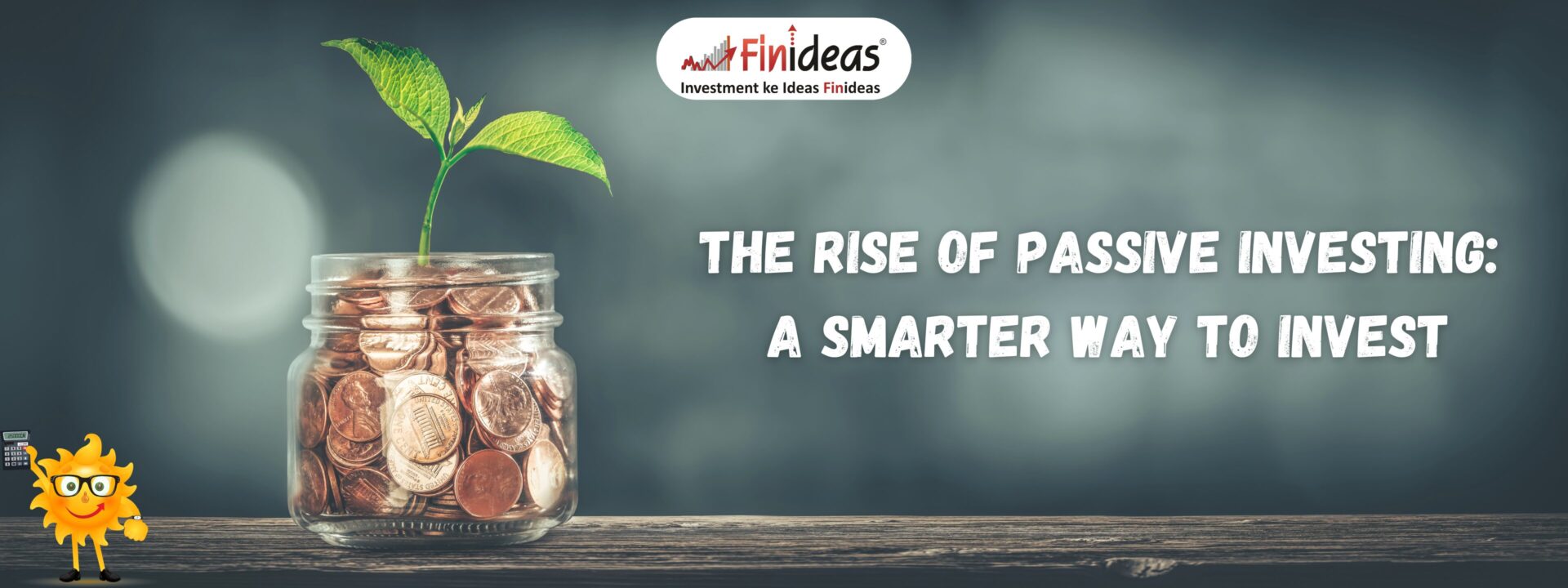The Rise of Passive Investing: A Smarter Way to Invest
Introduction:
In recent years, a remarkable transformation has taken place in the world of investments as an increasing number of investors are adopting a passive approach over traditional active investing. This shift is not merely a passing trend but reflects changing investor preferences and the evolving dynamics of financial markets.


Cost-Efficiency:
A driving force behind the move from active to passive investing is the appeal of cost-efficiency. Actively managed funds often come with higher fees, reflecting the costs associated with professional fund management and research. Conversely, passive funds like index funds and exchange-traded funds (ETFs) aim to replicate market index performance, resulting in lower fees. Investors are increasingly attracted to the cost savings associated with passive strategies, allowing them to retain more of their returns.
Consistent Performance:
Historical data consistently demonstrates that actively managed funds struggle to consistently outperform their benchmark indices over the long term. Many investors find comfort in the predictability offered by passive investments, where the objective is to match the market rather than beat it. The simplicity of tracking an index provides a sense of stability and eliminates the uncertainty associated with actively pursuing alpha in fund management.
If you are interested in investing in index funds then you must know about Index Long Term Strategy.
Transparency and Simplicity:
Passive investing is often lauded for its transparency and simplicity. With an index fund, investors precisely know what they own – a proportional share of the securities within the chosen index. This straightforward approach stands in contrast to the complexity of actively managed funds, where frequent trading and strategic decisions by fund managers may be less transparent to investors.
Time Efficiency:
The hands-off nature of passive investing appeals particularly to individuals with busy lifestyles who may not have the time or inclination to actively manage their portfolios. The set-it-and-forget-it mentality enables investors to concentrate on their careers, personal lives, or other pursuits without the need for constant market monitoring or tracking individual stock performance.
Behavioral Considerations:
Behavioral finance plays a pivotal role in the shift towards passive investing. The emotional toll of market volatility and the fear of underperforming the market drive investors toward the more stable and less emotionally charged world of passive strategies. By aligning their investments with broad market trends, investors may find it easier to adhere to their long-term financial goals.
Conclusion:
The transition from active to passive investing marks a fundamental change in how individuals approach wealth accumulation. Cost efficiency, consistent performance, transparency, time savings, and behavioral considerations are among the key factors contributing to the rise of passive investing. As the financial landscape continues to evolve, investors are likely to weigh the benefits of a hands-off approach against the allure of actively managed strategies, shaping the future of investment preferences. Whether you’re a seasoned investor or just starting, considering a passive investment strategy may be the key to achieving your financial goals with greater peace of mind.
In light of the changing landscape in investment preferences, are there other alternative investment approaches or strategies that you find appealing or have considered? Do let us know in the comment section below.
Happy Investing!
This article is for education purpose only. Kindly consult with your financial advisor before doing any kind of investment.

